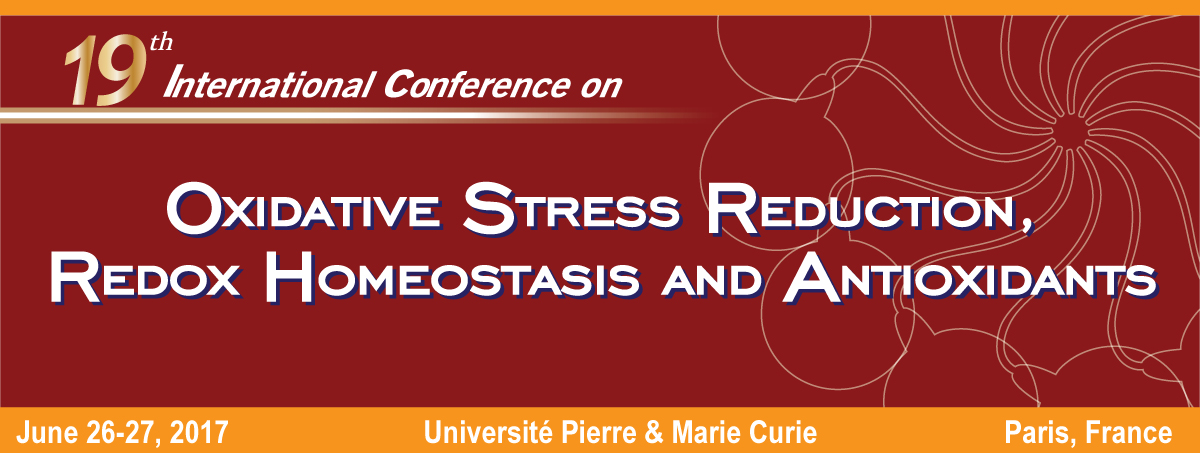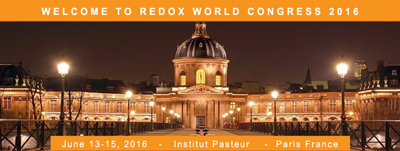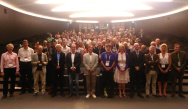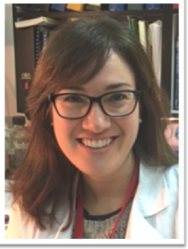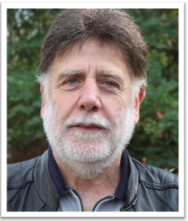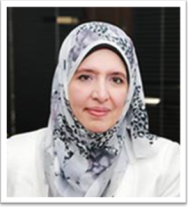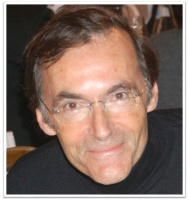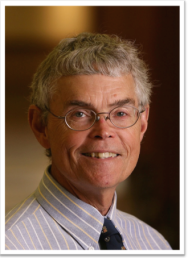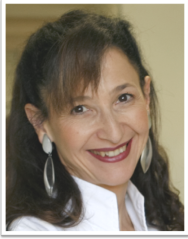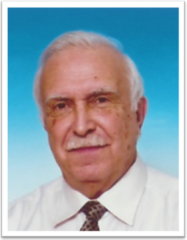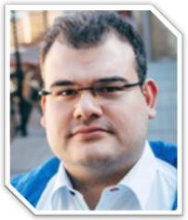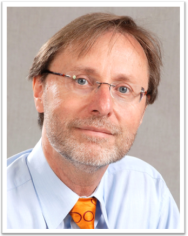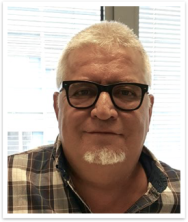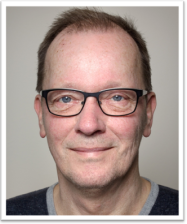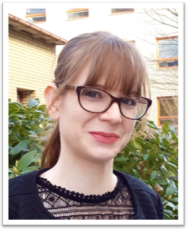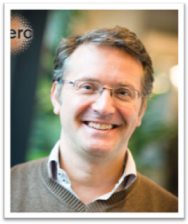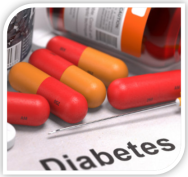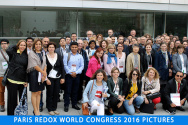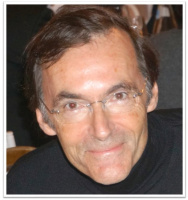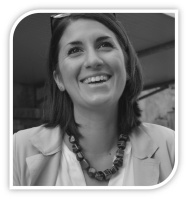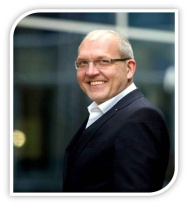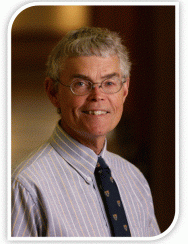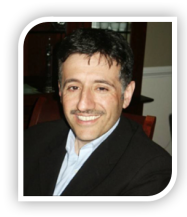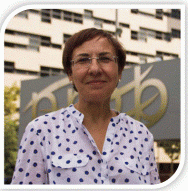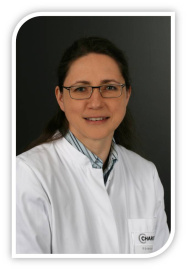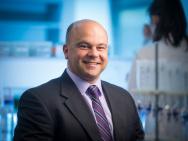Presentation of the new redox tools to investigate the redox state in vascular cells
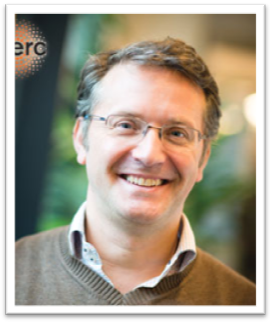 Tools to investigate the complexity of redox and metabolic interactions amongst different tissues in vivo have only recently become available, such as ratiometric redox sensors, metabolic flux analyses, and vertebrate model systems.
Tools to investigate the complexity of redox and metabolic interactions amongst different tissues in vivo have only recently become available, such as ratiometric redox sensors, metabolic flux analyses, and vertebrate model systems.
The goal of Dr Massimo Santoro team is to expand the current knowledge of how metabolism regulates endothelial redox homeostasis and vice-versa in healthy and diseased conditions. To accomplish this, they have taken advantage of the innovative genetic and imaging technology as well as new molecular and biochemical approaches in vertebrate models, including zebrafish and mouse.
They recently identified a new antioxidant gene, called UBIAD1, which is located in the isoprenoid pathway where it contributes to the maintenance of the redox balance in cardiovascular tissues. The group plan is to manipulate the Ubiad1-mediated antioxidant response in endothelial cells to modulate angiogenesis in pathological conditions (e.g. tumor formation and progression).
Dr Massimo Santoro is Professor at the University of Turin, Italy and he works in the Laboratory of Cardiovascular Biology, Molecular Biotechnology Center of the University of Torino. He will give a major presentation about his recent research during Paris Redox 2017. For more information: www.isanh.net
